Popular on Food52
18 Comments
Alice A.
February 16, 2022
Excellent tips on how to attack this marvelous vegetable, although I would go with a puntarelle cutter every time (the best brand is Tapù). The original Roman dressing has a clove (or two) of garlic 'pestled' into the anchovies, which makes it not so good for kissing but oh so good for lunching.
zooey
December 29, 2021
One more thing: seeds are available from Seeds of Italy. Puntarelle is Cicoria Catalogna Brindisina
zooey
December 29, 2021
I like to slice the cleaned stalks in a food processor with the 1mm disc. Since the stalks are hollow you have many circular green discs which are very decorative. I still soak them in ice water for 45 minutes. I would send a photo if this allowed. Buon appetito!
Rob P.
April 23, 2021
Thank you! That was very interesting. I have never seen chicory like this sold in markets near me, but I'm going to look again, very closely, in the produce section of our local Italian market.
Hetty S.
November 22, 2020
When making the oily coating for the leaves I don't think I mashed up the anchovies well enough but it came out well although the little lengths of the punterelle didn't really curl very much - perhaps they were too thick? Or I needed to add more ice? The results were pretty good taste-wise and very refreshing. For a pre-winter green it makes a lovely starter.
[email protected]
April 21, 2019
Your photograph of puntarelle is nothing like puntarelle served in Rome. They must be thinner and CURLY. Good fresh cicoria in season is essential soaked in ice water. SOMEONE in the USA should be able to grow this variety. They grow Broccoli di Rape or "rapini" in California and they are quite good. I will go to Campo dei I Fiori this week and try to find the "gadget". Thanks
Frances P.
February 8, 2014
Thanks equilibrist I was thinking along those lines too! Thanks for the reassurance. Appreciate it!
equilibrist
February 8, 2014
I also wondered if it might be good with some ricotta salata and maybe garlic in the mix. I've never had puntarelle with cheese, but if you're not using anchovies you might give that a try.
equilibrist
February 8, 2014
For a vegetarian version, would some combination of olives and capers work? That makes me think puttanesca, but then you'd be back to the anchovies again!
Frances P.
February 8, 2014
This looks so scrumptious to me a very bitter eating salad person but I would truly love to know what to pair it with for a salty vegetarian version. Any suggestions? Thanks.
equilibrist
February 8, 2014
Thanks Nickanderer, I will try that--if I can find longer stalks in this country!
Nickanderer
February 8, 2014
Equilibrist - the final appearance and length of the strands depend entirely on Mother Nature. With long stalks of Puntarelle you end up with the spaghetti-like curls and with the shorter stalks (as pictured in this piece) you end up with less curly, shorter strips. I can assure you, however, that the method described is the true Italian way (or at the very least, the Roman way) as I learned these techniques cooking in Rome. I will agree with you that the leaves do not belong in the dish, but aside from that small detail in food styling, Food52 has documented the classic Roman dish very accurately. Give it a shot with longer stalks and I think you'll be pleased with the results.
equilibrist
February 8, 2014
I'm sure this tastes delicious, but the final version in the picture looks nothing like any puntarelle I've ever had in Italy (nor, for that matter, do any preparations I've had at restaurants in the US--Lupa and Maialino come to mind). Perhaps it's the use of the "chitarra" cutter in Italy's markets, but the final strands there are cut much longer and narrower. When they curl, they look more like spaghetti. And I've never seen any leaves attached at all in the presentation. I find that that style of puntarelle tastes better to me, too, or maybe it's just that everything tastes better when one is in Italy. At any rate, I'd love to be able to prep puntarelle the true Italian way.
cookinginvictoria
February 5, 2014
Wow -- this look delicious. I love puntarelle, especially with an anchovy vinaigrette! Sadly, it is not available where I live now, even at our local greenmarkets, although I have been fortunate enough to discover some other delicious chicories. I tried to grow puntarelle in my garden a few years ago, but I wasn't successful. I just might try to grow it again this year! For the Food52 New Yorkers: Not sure if it's still available there, but the Union Square Greenmarket used to sell puntarelle at certain times of the year.
elise M.
February 5, 2014
I will be on the lookout for puntarelle, which is most likely easy here in NYC. I would, however, like the recipe for the outer leaves and tomato sauce mentioned. It sounds like the correct prep is crucial to a good puntarelle experience.
Also, can I use those fancy white anchovies you see in markets like Whole Foods?
Also, can I use those fancy white anchovies you see in markets like Whole Foods?
Kenzi W.
February 5, 2014
I'm so happy to be able to make this at home! I've it at Maialino and it's so, so good. New Yorkers: We've had success tracking puntarelle at Eatlaly.
pierino
February 5, 2014
If you can find puntarelle beata Lei! Even in Rome they are only available during the colder months. The anchovy dressing is exactly how I like to see them plated. Caveat emptor; I have seen Italian restaurants here in the US try to tart up dandelion greens and still sell them as puntarelle.
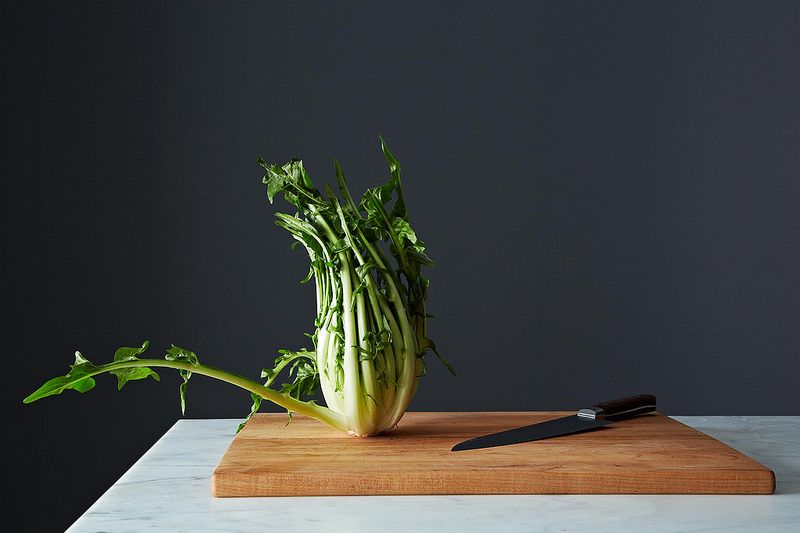
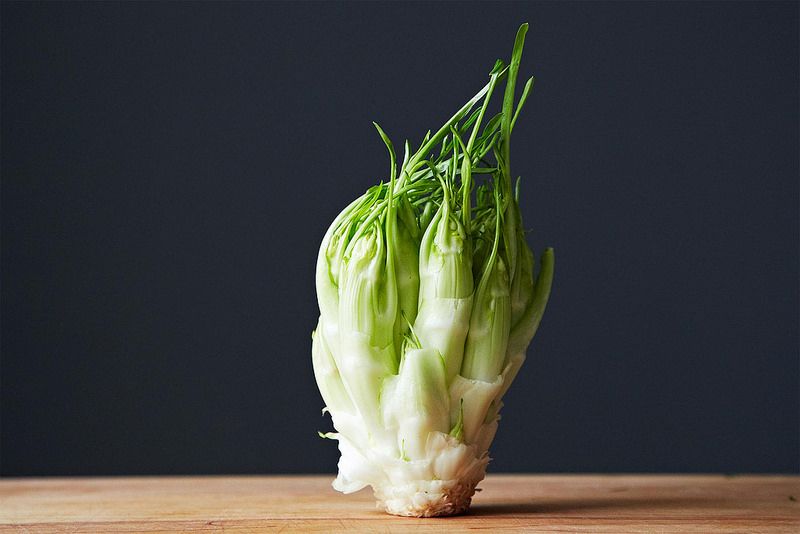
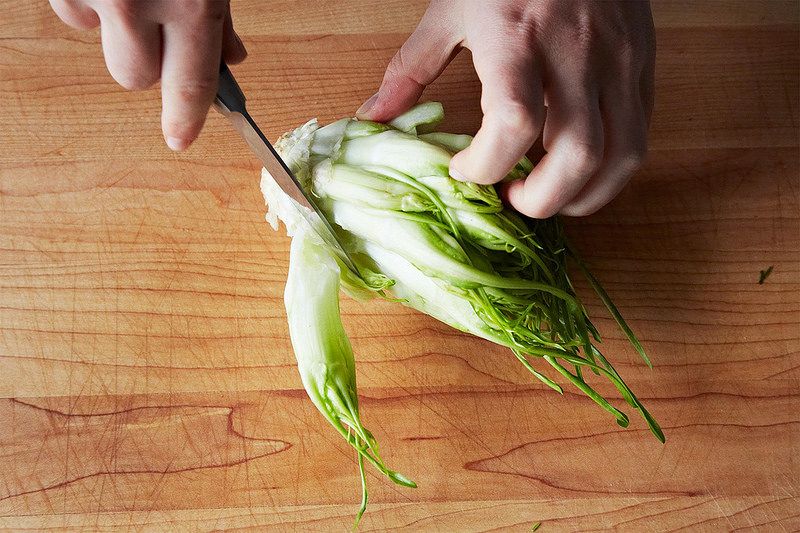
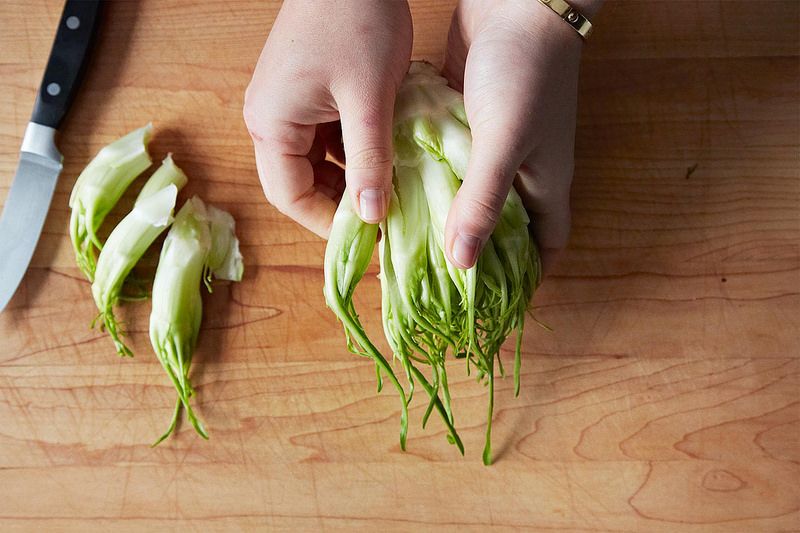

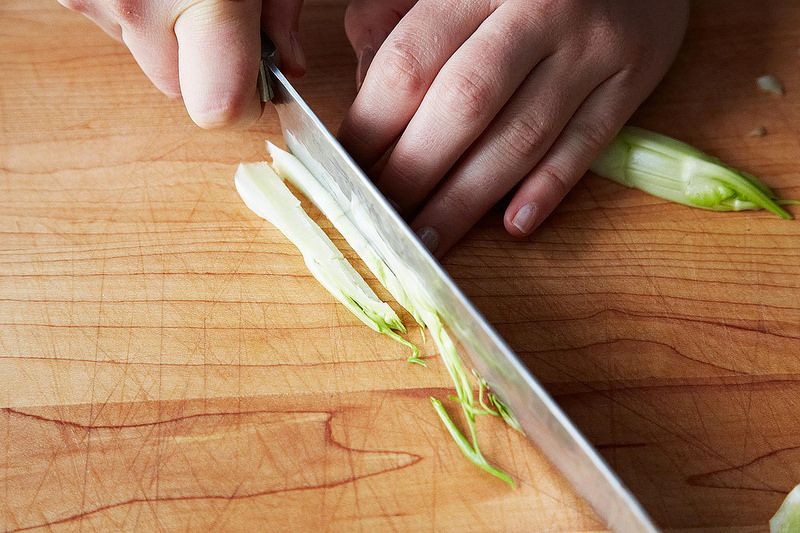
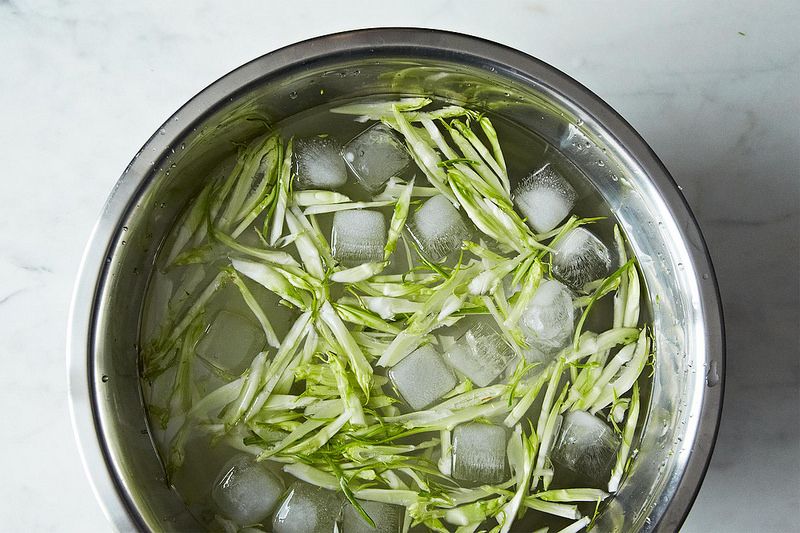
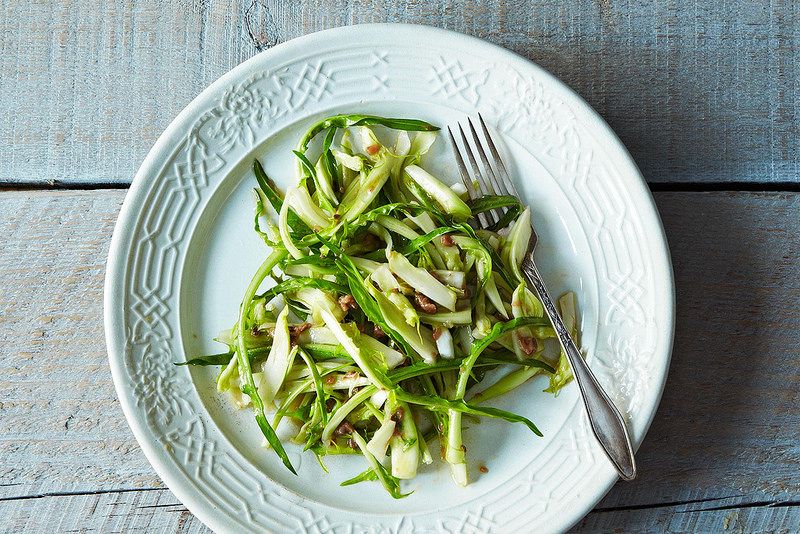

See what other Food52 readers are saying.